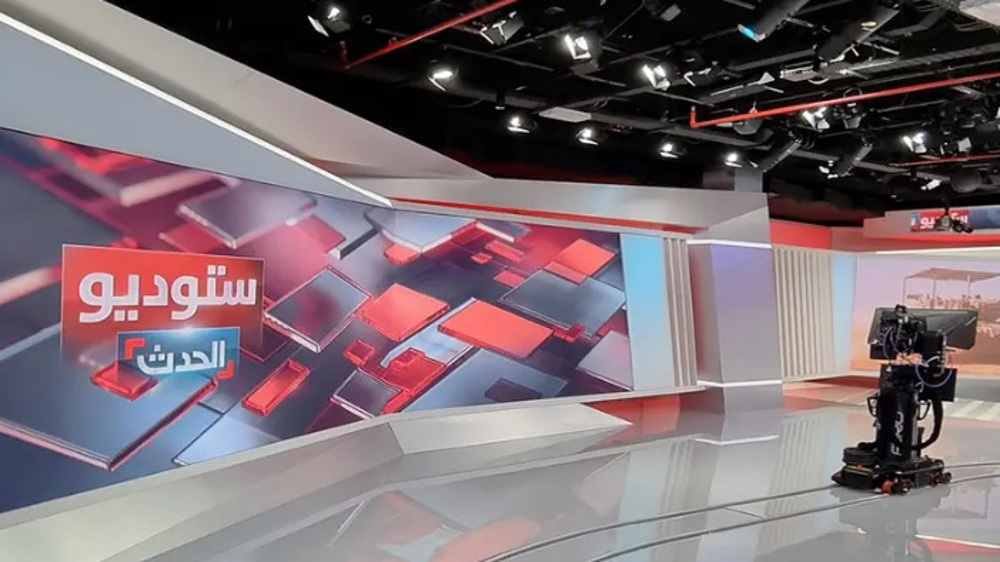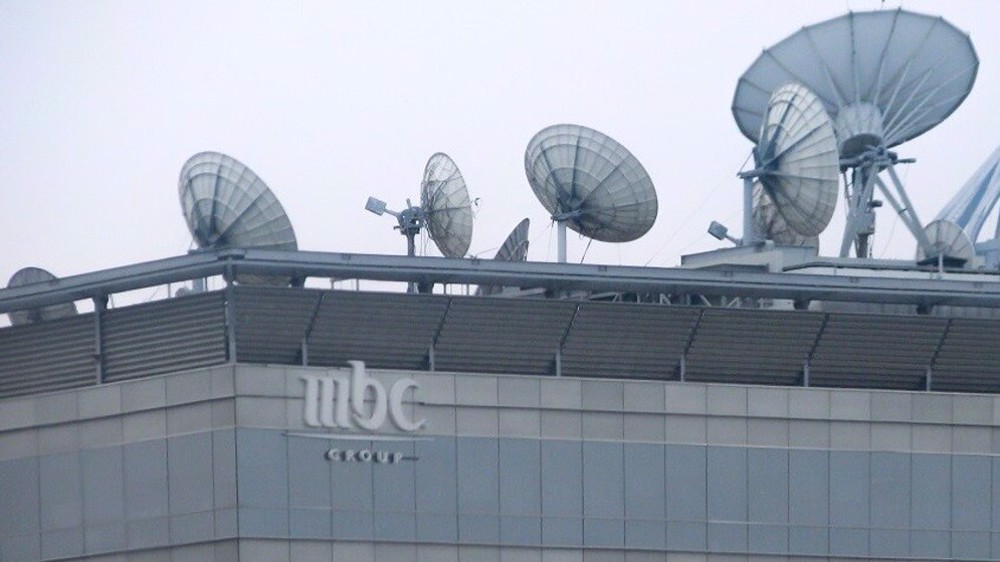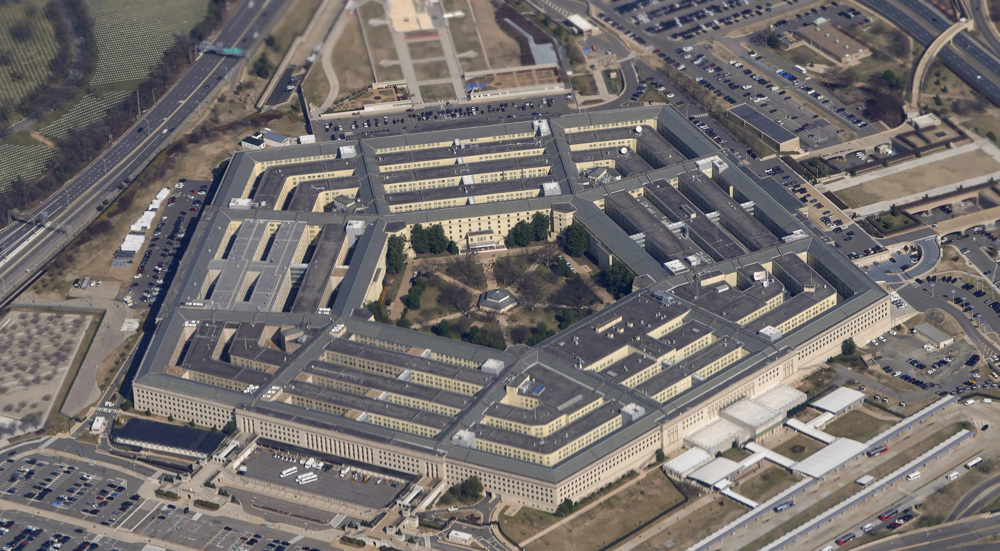Moody’s cuts credit rating of Saudi Arabia, Bahrain, Oman
Moody’s Investors Service has once again cut Saudi Arabia’s credit rating along with those of Bahrain and Oman, saying the tumbling crude prices have taken their toll on the fiscal positions of the Persian Gulf’s oil-dependent monarchies.
The major US-based credit rating agency on Saturday downgraded the long-term issuer rating of Saudi Arabia to A1 from Aa3, five notches above junk, saying lower oil prices have led to a “material deterioration” in the credit profile of the top crude exporter.
“A combination of lower growth, higher debt levels and smaller domestic and external buffers leave the Kingdom less well positioned to weather future shocks,” the agency said.
It also cut the country’s long-term foreign-currency bond and deposit ceilings and its long-term local-currency risk ceilings.

The ratings come amid efforts by Saudi Arabia to shore up its finances as it has struggled year after year with budget deficits as a result of a continuing decrease in oil prices. The oil price collapse, from above $100 in early 2014 to around $46 on Friday, has forced the monarchy to embark on ambitious and comprehensive plans in diversifying its economy and fiscal base, in order to make it less susceptible to slumps in prices.
The rating agency, however, seemed unimpressed by the plans as they “are at an early stage of development and their impact remains uncertain.”
Back in 2015, Saudi Arabia posted a record high budget deficit of $98 billion as plummeting oil prices negatively affected the kingdom’s revenues. Moreover, Riyadh’s rising army expenditure, a large amount of which is being funneled into a military campaign against impoverished Yemen, has also helped deteriorate its fiscal position.
Two other leading rating agencies, Standard and Poor's and Fitch also downgraded Saudi Arabia in recent months.

Moody's also downgraded its rating for Bahrain to Ba2 from Ba1, with a negative outlook over the government’s debt burden. It pictured as gloomy the fiscal position of the small country and predicted its rating “to deteriorate significantly over the coming two to three years.”
As for Oman, Moody’s cut its rating to Baa1 from A3, which indicates moderate credit risk, warning that the monarchy was “vulnerable to an oil price shock” given its strong reliance on oil and gas revenues.
Although the rating agency confirmed the Aa2 ratings of three other monarchies of the Persian Gulf, the United Arab Emirates, Kuwait and Qatar, it assigned the trio a negative outlook regarding their fiscal positions.
Latest ballots polls show Harris, Trump tied as voting continues
UNRWA warns of humanitarian collapse in Gaza
'Hello my enemies': Lebanese journalist on Israeli threats and his resolve to continue
Outrage in France as MP proposes bill to ban criticism of Israel
VIDEO | The strategy of Hezbollah in war
Israeli military withdraws several brigades from southern Lebanon: Report
48-year-old Palestinian man serving 48 life terms completes 22 years in Israeli jails
From MKO to Tondar, how Germany became safe haven for anti-Iran terror groups













 This makes it easy to access the Press TV website
This makes it easy to access the Press TV website